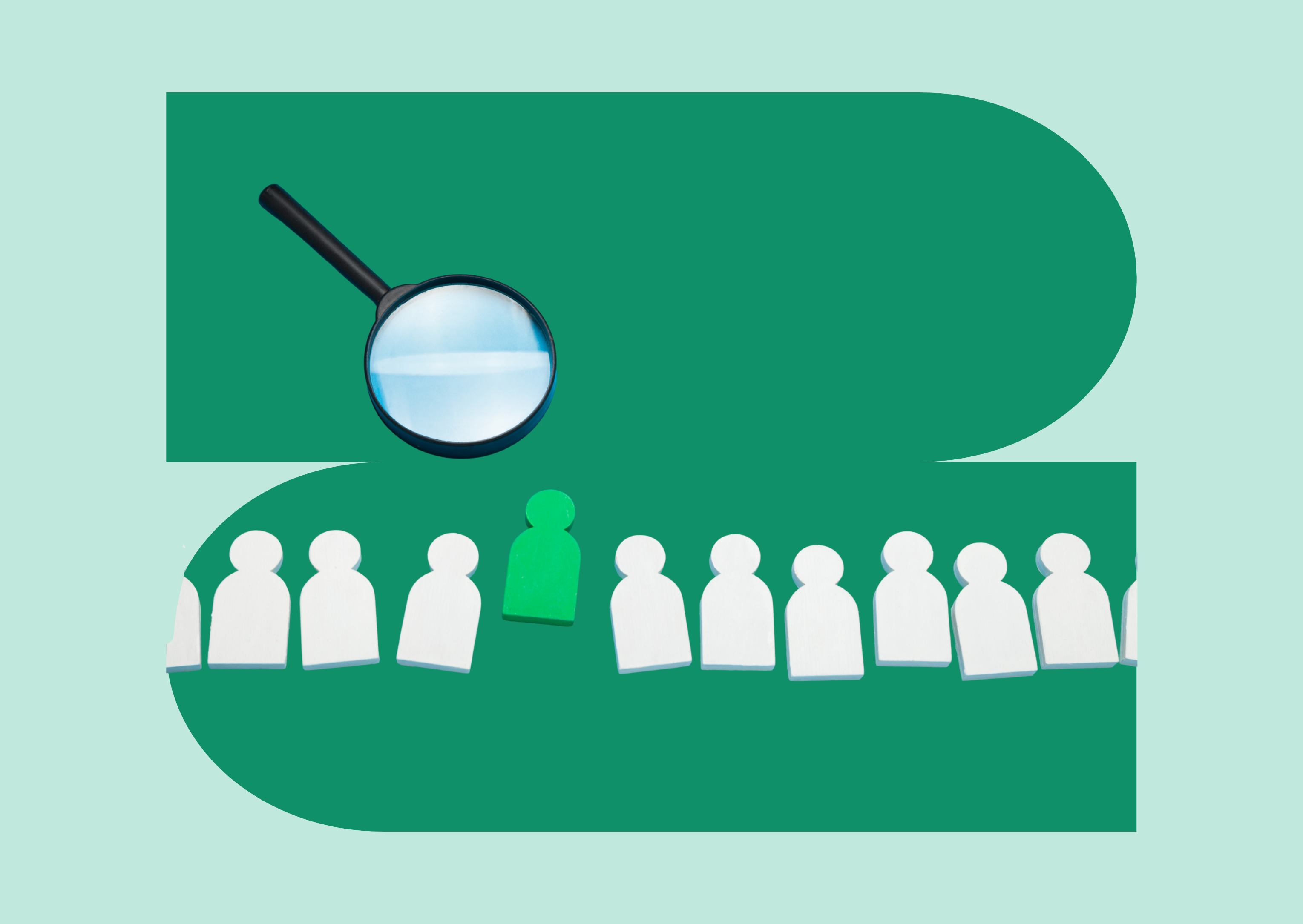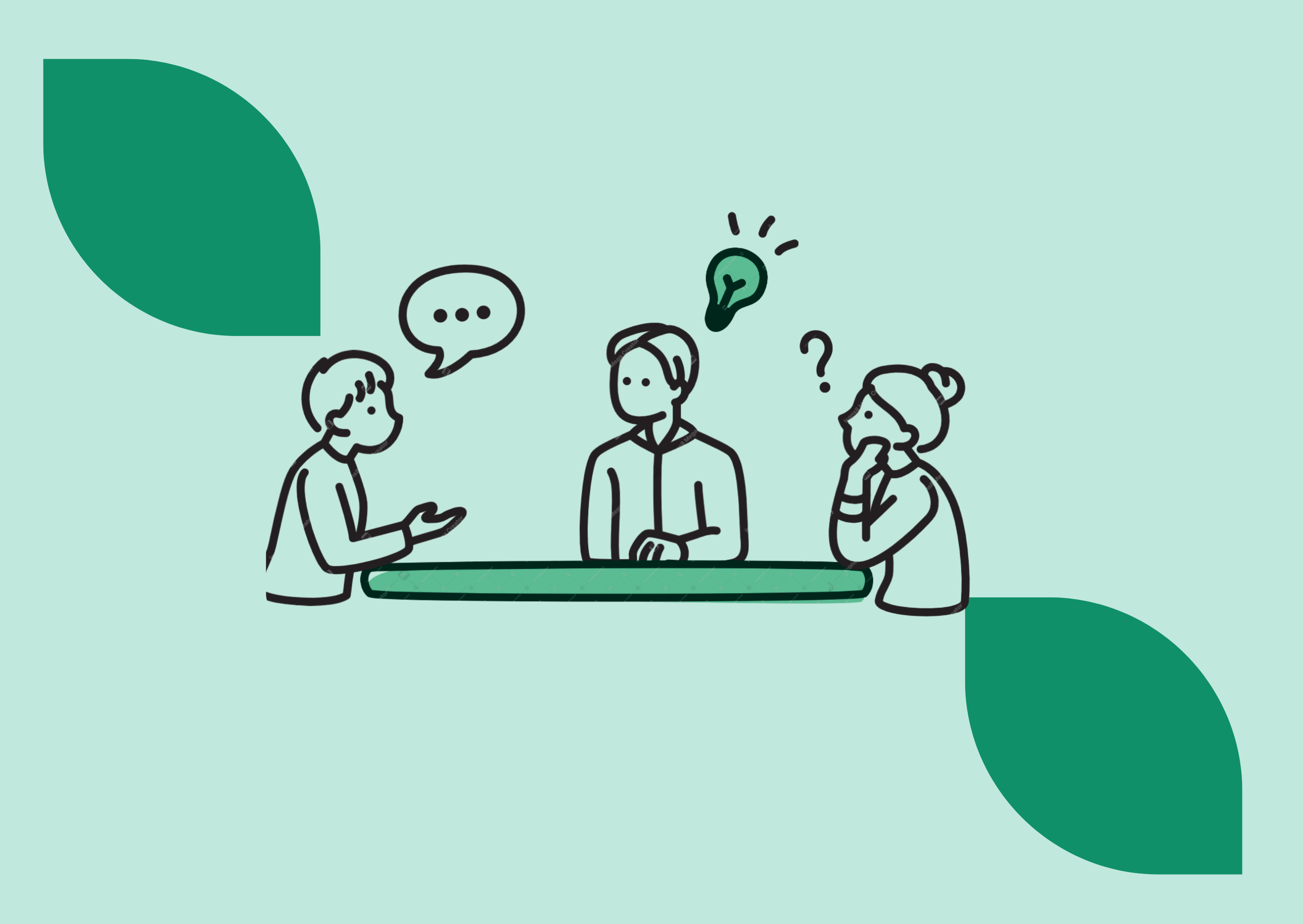Introduction
When it comes to usability testing, there are a lot of different ways to go about it. And while there are definitely some benefits to using different methods, there are also some potential biases that you need to be aware of. In this blog post, we’ll explore different biases that can occur in usability testing. We’ll also talk about how you can avoid them and what methods you can use to mitigate their effects.
The Halo Effect
The halo effect is a bias that can occur during usability testing, where the UX researcher forms an overall impression of the participant based on their performance on one task. As a result, the researcher may overestimate or underestimate the user's abilities on other tasks. To avoid this bias, researchers need to pay attention to each task on its own and not let their impressions of the people taking part affect how they are judged.
The Halo Effect
Social desirability bias is a phenomenon that occurs when people respond to questions in a way that will make them look good instead of giving an accurate representation of their true thoughts or feelings. This can be a problem in usability testing because it can lead to participants giving inaccurate feedback about their experience with the product being tested.
There are a few ways to avoid social desirability bias in usability testing:
- Use open-ended questions: Instead of asking yes-or-no or multiple-choice questions, ask open-ended questions that require participants to explain their answer. This will help you get a better sense of their true thoughts and feelings.
- Don't give participants too much time to think: If you give participants too much time to answer a question, they may have more time to consider how they want to appear to you instead of just responding spontaneously. Try to keep questions short and concise, and don't give participants more than 30 seconds to answer each one.
- Be aware of your own biases: As the researcher, it's important to be aware of your own biases so that you don't inadvertently influence the results of the study. For example, if you're testing a new fitness tracker and you really want it to be successful, you might unconsciously prompt participants to give more positive feedback than they would otherwise. It's important to remain objective and impartial throughout the entire process.
Self-Fulfilling Prophecy Bias
When conducting usability testing, it's important to be aware of the self-fulfilling prophecy bias. This bias can occur when the researcher has preconceptions about how easy or difficult the participant will find the task. If the researcher believes that the participant will find the task difficult, they may inadvertently make it more difficult by providing less clear instructions or not offering enough help. Conversely, if the researcher believes that the participant will find the task easy, they may make it easier by providing more clear instructions or offering more help. Either way, these biases can impact the results of the usability test and should be avoided.
Observer-Expectancy Effect
The observer-expectancy effect is a bias that can occur in usability testing when the observer or notetaker conducting the test has preconceived notions about how participants will interact with the product being tested. This can cause the person taking notes to watch and interpret user behavior in a way that confirms their own expectations, rather than in a way that gives an accurate picture of how the user feels.
To avoid this bias, the observer or notetaker along with the facilitator should debrief after each session so that they can reflect on their own expectations and how they might have influenced their observations.
Hawthorne Effect
The Hawthorne effect is a psychological phenomenon that refers to the tendency of people to change their behavior when they are aware that they are being observed. The effect is named after the Hawthorne Works, a factory in Cicero, Illinois, where a series of experiments were done in the 1920s to study how light affected the productivity of workers.
The original experiment at the Hawthorne Works found that workers' productivity increased when they were given more light to work with. However, subsequent experiments found that workers' productivity also increased when they were given less light, as long as they were aware that they were being observed. This led to the conclusion that it wasn't the changes in the physical environment that affected workers' productivity, but rather the fact that they knew they were being watched.
The Hawthorne effect has been replicated in many different settings and has been found to apply to both individual and group behavior. In general, people tend to change their behavior when they know that someone is watching them, even if those changes are not explicitly requested or required.
This effect can have both positive and negative implications for usability testing, depending on how it is used by researchers. On the one hand, if researchers are aware of the effect, they can use it to their advantage by ensuring that participants are aware that their behavior is being observed during usability tests.This can help elicit more naturalistic and representative behavior from participants.
In addition, establishing rapport with participants and making them feel comfortable with the researcher can also help reduce the impact of the Hawthorne effect.On the other hand, if researchers are not aware of the effect, it can lead to bias in usability testing. For example, if participants know that they are being watched, they may try to please the researcher by giving artificially positive feedback or behaving in ways that they think the researcher wants to see. For user researchers to avoid this kind of bias, they need to be aware of the Hawthorne effect and take steps to reduce its effects.
Information Bias
Information bias is a type of cognitive bias that happens when a person makes a decision based on too much information from one source.
To avoid information bias during usability testing, it is important to consider multiple sources of information when making decisions and to be aware of the potential for bias in any one source.
Outcome Bias
Outcome bias can be problematic in usability testing because it can lead researchers to focus too much on whether or not the user was able to complete the task rather than on how easy or difficult it was for the user to complete the task. This can lead to researchers making decisions about which design is better based on flawed data.
Recency Bias
Recency bias is the tendency to remember recent events more vividly than those that occurred further in the past. This bias can lead us to overestimate the frequency of recent events and downplay the importance of those that happened further back in time.
Recency bias can have a number of important implications for usability testing. For example, if we only ask users about their most recent experience with a product, we may get an overly positive picture of its performance. Alternatively, if we focus too much on recent problems and ignore older ones, we may miss out on potential areas for improvement.
To avoid these pitfalls, it is important to take a balanced approach when collecting feedback from users. Try to include questions about both recent and older experiences and weight them appropriately when analysing the results. Additionally, be sure to ask follow-up questions about any particularly memorable events, good or bad, to get a more complete picture of the user's experience.
Confirmation bias
Confirmation bias is a cognitive bias that leads us to seek out information that supports our existing beliefs and preconceptions while ignoring or discounting information that contradicts them. This can lead us to make flawed decisions because we only consider evidence that confirms our biases rather than taking an objective view of all the available evidence.
Framing effect
Another common bias is the framing effect, where the way something is presented can influence how it is perceived. This can also lead to distorted results, as participants may interpret questions differently depending on how they are worded.
False consensus effect
The false consensus effect is a cognitive bias that occurs when we overestimate the degree to which others share our beliefs and opinions. This can lead us to make decisions that are not in line with what would be best for the group, as we mistakenly believe that everyone else agrees with us.
Cultural bias
Cultural bias can also play a role in usability testing. This is when people from different cultures interpret information differently based on their cultural context. For example, what may be considered an obvious error in one culture may not be seen as such in another. To avoid these biases, it's important to make sure that participants in usability testing represent a diverse range of backgrounds and cultures. UX researchers can also use techniques like triangulation to cross-check results from different sources to reduce the impact of bias.
How to avoid bias during usability testing
Usability testing is an important tool for ensuring that your product is user-friendly and meets the needs of your target audience. However, it's important to be aware of the potential for bias in usability testing, which can lead to inaccurate results.
There are a few ways to avoid bias in usability testing:
- Use a diverse group of testers. If all of your participants are from the same demographic (e.g., gender, age, race, etc.), they may not be representative of your entire user base. Make sure to test with a variety of people so that you can get accurate feedback.
- Avoid leading questions. When you're asking questions during usability testing, be sure to avoid any wording that could lead the participants towards a particular answer. For example, instead of asking,"What do you think of this design?" you could say "What are your first impressions of this design?"
- Be aware of your own biases. We all have our own biases and preferences, which can influence how we interpret data from usability tests. Try to be as objective as possible when reviewing test results, and consider getting input from others on your team to help balance out any personal biases you might have.
- Run a pilot study. Before conducting the usability testing, run a pilot study.
Join MyParticipants now to make your voice heard!





.png)
.png)

%20(741%20x%20839%20px)%20(1240%20x%202000%20px).png)





